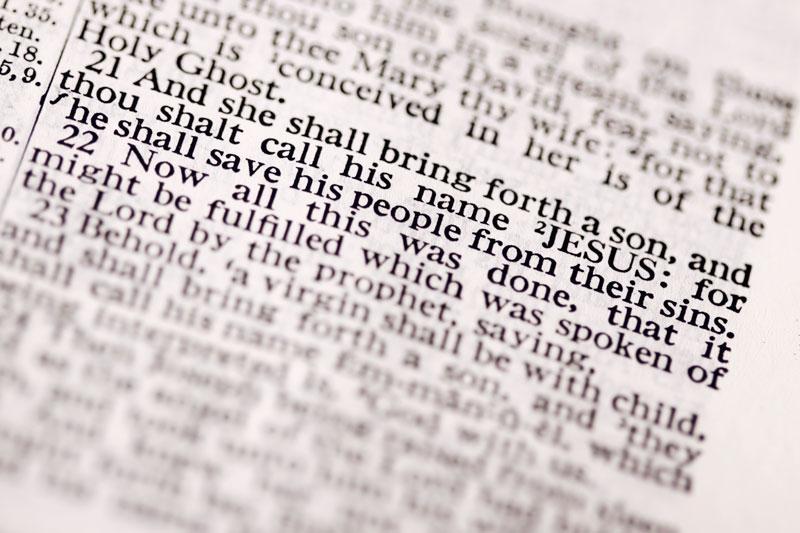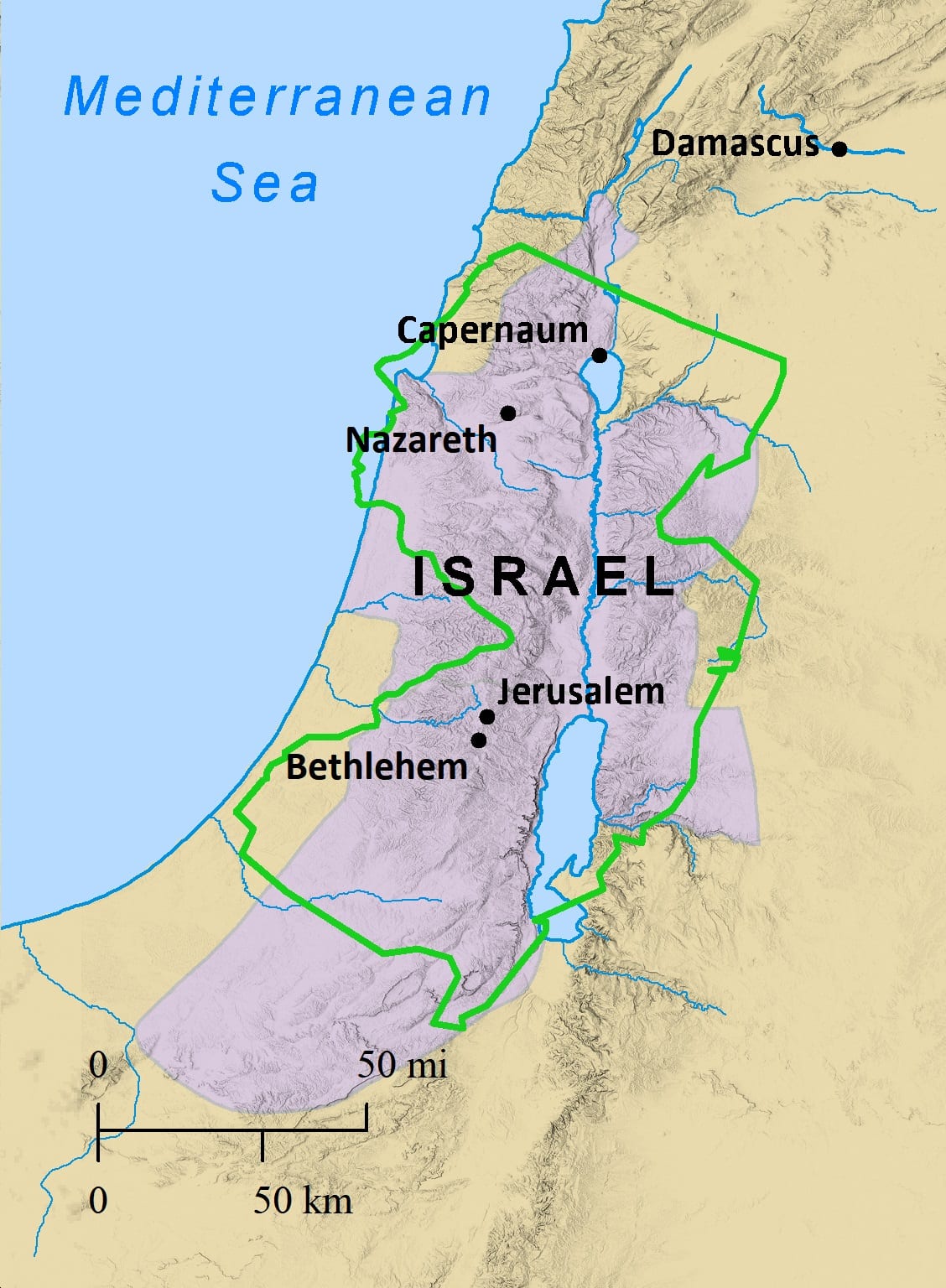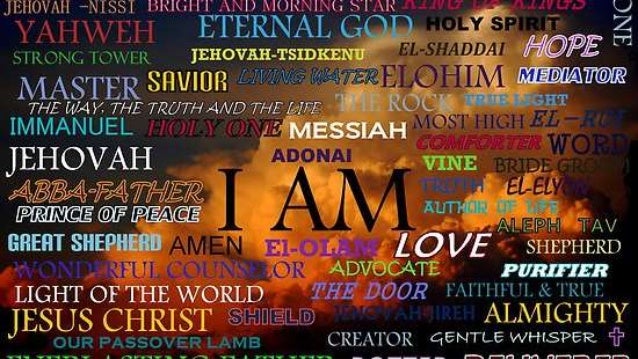
Introduction:
Not too long ago I finished a multi-week survey of the Old Testament in a study called: "A Bird's-Eye View of the Bible". In that survey, we explored ten major themes that covered the general contours of God's working in the formation of and working with the nation of Israel. Interested readers can read the last post I did in our "bird's-eye view" series, which includes the ten themes covered in the Old Testament by clicking on the link here: http://www.growingchristianresources.com/2020/03/birds-eye-view-of-bible-exploring-theme_24.html

We saw how God used the entirety of Israel's history and the history of the world to prepare for the arrival of the Son of God in history. Having completed that particular survey, we now continue on with our "Bird's-eye view" by making our way into the New Testament.

Like what we did in the Old Testament, we will discover ten additional themes that help summarize what we find in the New Testament. The ten themes we will explore are as follows:
1. Incarnation.
2. Humiliation.
3. Gospel.
4. Exaltation.
5. Pentecost
6. Missions.
7. Christian.
8. New Covenant.
9. Second coming.
10. Eternity.
We had expressed at the beginning of this series that all the themes we would uncover have Jesus' cross and resurrection as their central theme. The ten themes we explored in the Old Testament were referred to as "pre-cross", meaning that all the themes pointed to and prepared for what Jesus would accomplish. The themes we are about to explore are "post-cross", that is, they are themes which flow from what Jesus came to accomplish: salvation (see Mark 10:45; Luke 19:10). Today we will begin to look at the first theme of our New Testament "bird's eye view": the theme of "incarnation".
1. How God's revelation of Himself
in the Old Testament hints at the
Trinity, and why that sets the
stage for what we will see in the
New Testament's revelation
about God.

We understand from our reading of the Old Testament that God revealed Himself as One God (Deuteronomy 6:4-5). At the near beginning of Genesis we find that this One God is identified as the Person of the Holy Spirit (Genesis 1:2), having the power to create life. Additional revelation about God tells us that God is revealed as not only the Person of the Holy Spirit, but also the Person of the Father who called Israel to be a people and a nation (see Deuteronomy 32). As we read further on into the Old Testament, we see in Psalm 110 and Proverbs 30:4 of the Person of the Father speaking in eternity to another Divine Person known as: "the Son".
The Old Testament tends to focus more on God being one God and less on His three-fold identity as the Father, Son and Holy Spirit. Why? The way God reveals truth is by "progressive revelation", meaning that He will begin with a generalized set of features about that truth and continue to expand on further details as time goes forward. To put it another way, the acorns of truth we find in the Old Testament turn out to be the mighty oaks that fill the forest of New Testament revelation.
With this in mind, we can tell that the Old Testament is hinting at the idea that somehow, these three Persons share together in the same unity of Divine life that is defined with being One God (eternal, all-knowing, everywhere present, all powerful).

God is awesome in not only how He reveals His identity and characteristics, but also His names. Sometimes we find names that emphasize that God is definitely One God, as seen in names such as "God" (Genesis 1:1), "I am who I am" (Exodus 3:14) and "The King" (Isaiah 6). Other names of God reveal that He is more than One Person, as in Genesis 1:26 "let us make man in our image" or where you will see the name "Jehovah" used to refer to three personalities as we find in Isaiah 48:16-18. The names of God tell us quite a bit about God and help us to see the picture a little bit better.

Whenever we come to the New Testament, we see the truths of God being One God and yet three persons most fully revealed. The New Testament's revelation of God is a further detailing of the hints about God we already saw in the Old Testament. John 1:1 is a good place to pickup on all we've said so far about God, since the eternal Person of the Son (called "the Word") in John 1:1 is the featured focal point in understanding our theme of "incarnation".
2. What is meant by "incarnation".

John 1:1 begins with a the fact of the Person of the Son (called by the title "The Word") dwelling in eternity past. We see "The Word" first identified as "God": "In the beginning was the Word, and the Word was God". Next we see the Word distinguished from another Divine Person whom we know is the Father but is called "God": "and the Word was with God". When we go down to John 1:14, we discover that the Word (that is, the Divine Person of the Son) entered into our world to live life as a man: "The Word became flesh, and dwelt among us, and we beheld His glory, the glory as of the only begotten of the Father, full of grace and truth." The eternal Word or Son came to be "incarnated" or "in the flesh". Put another way, the Son, having always existed as truly God, came to express Himself a second way by becoming truly man, while still remaining truly God.
In the next post, we will look at why the incarnation of the Son of God is relevant to our lives in the 21st century.
More next time....

I read your blog now share great information here.
ReplyDeleteLeather Ottoman